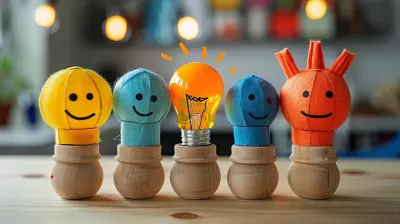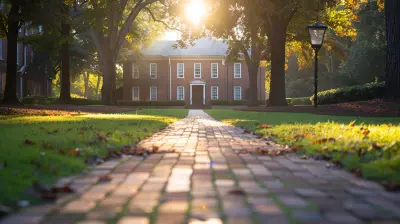Incorporating Nature into Art Projects: A Lesson in Environmental Awareness
19 October 2025
Let’s face it—kids and teens today spend a whole lot of time indoors. With screen time through the roof and classroom routines filled with standardized tests and textbook learning, we often forget that the world outside can be the best teacher of all. So how do we reconnect students with nature in a meaningful, lasting way? Simple. We blend art with the earth.
Welcome to the beautiful intersection of creativity and consciousness: incorporating nature into art projects. This approach doesn’t just get students’ hands dirty (literally)—it plants seeds of environmental awareness that can grow into a lifelong love of our planet.
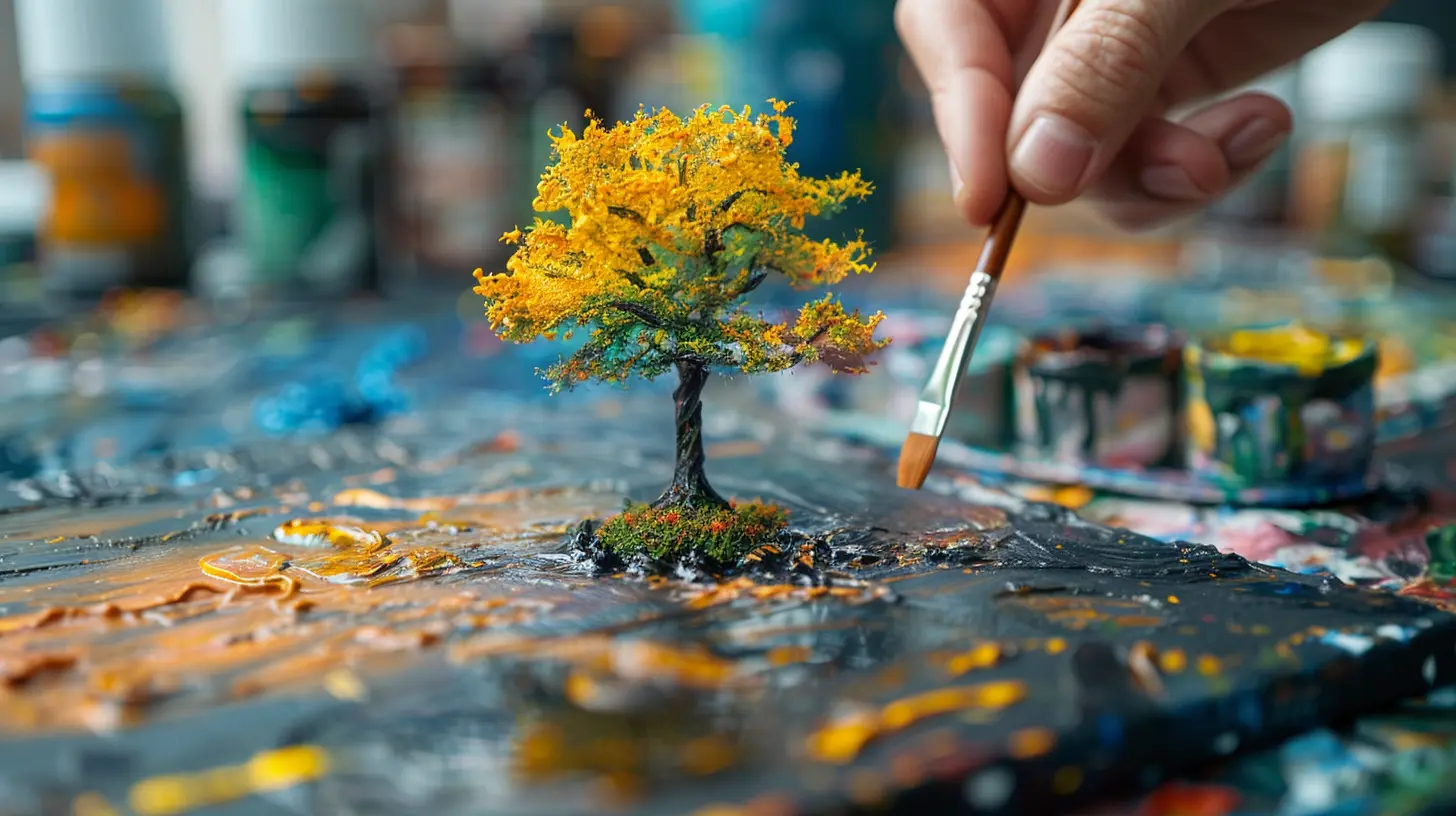
Why Mix Nature and Art?
Let’s start with the basics—why even do this?Well, nature naturally sparks curiosity. Think about it: the texture of a leaf, the shape of a seashell, the color splash of fall leaves—it’s like Mother Nature is giving us an unlimited art supply. When students use natural materials to create, they begin to see the world differently. A stick? Not just a stick—it’s a paintbrush. A rock? It’s a canvas. Pinecones? Future sculptures.
And when kids interact with nature creatively, they begin to care about it. They see its value beyond what our culture often gives it. That’s the gateway to environmental awareness.
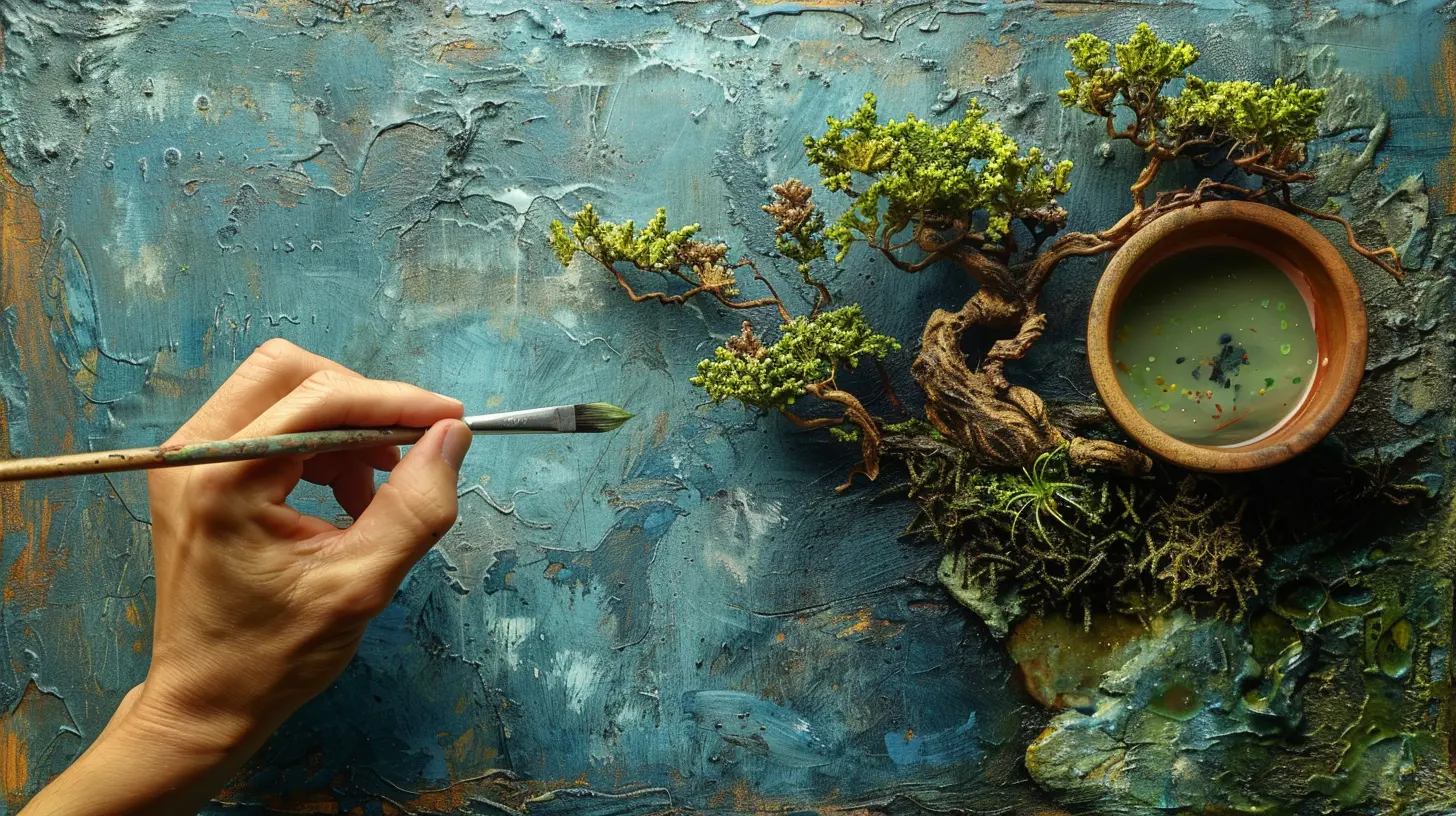
Art as a Gateway to Eco-Consciousness
Art, unlike any other subject, calls for emotion. It's expressive. It's raw. It's personal. Adding nature into the mix makes the art not only about the self but also about our shared environment.This kind of engagement opens doors to bigger questions:
- Where did these materials come from?
- What impact will my actions have on the natural world?
- How can I use my art to speak up for the earth?
What starts as a fun afternoon of collecting sticks turns into a powerful lesson about sustainability, conservation, and even activism. That’s a pretty amazing payoff for something that feels like play.
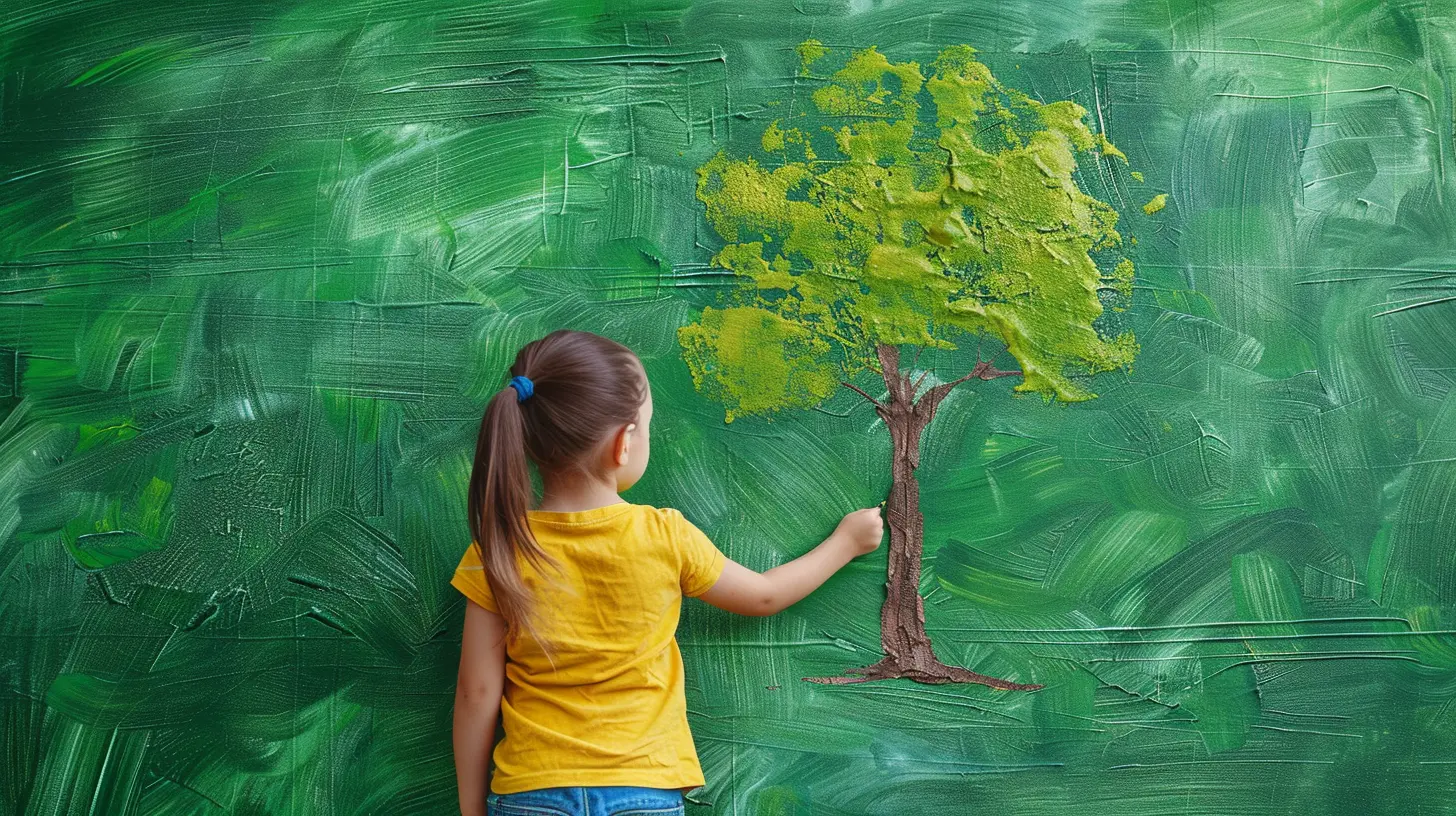
Benefits Beyond the Canvas
Still wondering if this idea holds real value? Let’s break it down.1. Emotional and Mental Health Perks
There’s a growing pile of research showing how time outdoors improves mood, reduces anxiety, and boosts creativity. Combine that with the therapeutic power of art, and you’ve got a winning combo for emotional well-being. Nature-based art projects become a soft space for students to express themselves and unwind.2. Hands-On Learning
We all know not every student thrives on lectures and textbooks. Some need to touch, feel, and move to learn. Nature art projects are naturally (pun intended) tactile and engaging. Whether it's building a sculpture from driftwood or making pigments from berries, students are fully immersed.3. Critical Thinking and Problem Solving
Nature isn’t a neatly organized bin of supplies from the craft store. It’s unpredictable! That means students need to troubleshoot, adapt, and get creative. It’s not just art—it’s engineering, design, and innovation.4. Deep Environmental Awareness
This might be the biggest bonus of all. When kids use the earth’s resources to express themselves, they start to grasp the delicate balance of ecosystems. They realize their footprint and start asking questions about sustainability, waste, and conservation.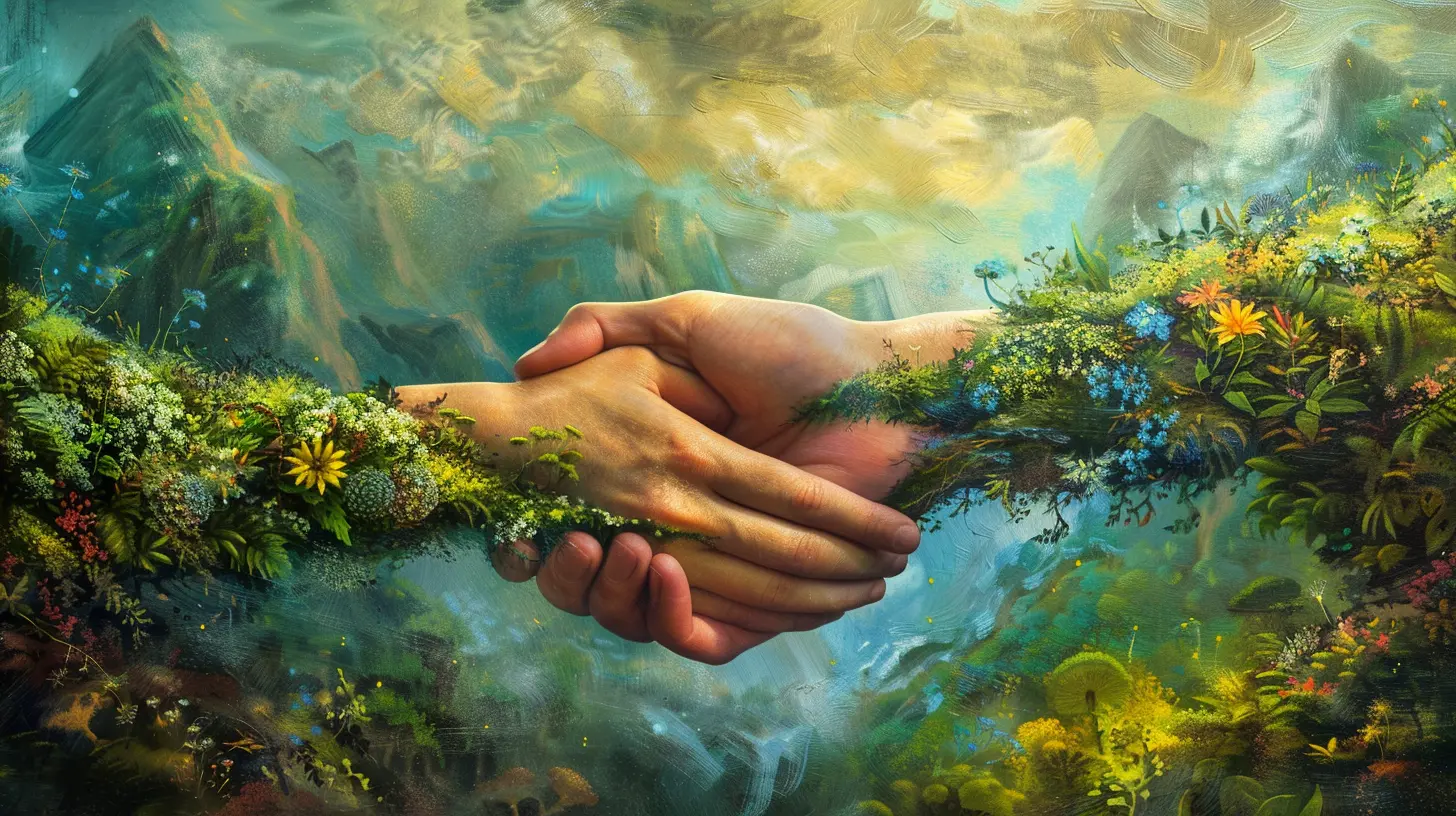
Simple Ways to Bring Nature into the Art Room
Now for the fun part—how do you actually do this? You don’t need a forest outside your door or a fancy grant. All it takes is a bit of prep and an open mind.1. Nature Walks and Material Collection
Take your class outside and turn a walk into a scavenger hunt. Encourage them to respectfully collect items like fallen leaves, sticks, acorns, stones, pine needles, and feathers. Avoid picking live plants or disturbing habitats—it’s a great chance to discuss eco-responsible collection.Pro Tip: Bring paper bags or fabric pouches to collect safely and keep students from hoarding.
2. Leaf Prints and Natural Stamping
Leaves are artistic gold. Their textures make amazing prints when you press them into paint or ink and stamp them on paper or cloth. Try layering different shapes or overlapping colors for cool effects.You can also use items like sliced apples, carved potatoes, or pinecones dipped in paint for playful, natural stamps.
3. Mandalas with Found Materials
Invite students to create mandalas (circular, balanced patterns) using only materials they gather. Think pebbles, flower petals, or even sand. Not only is it a calming, meditative practice—it teaches symmetry, design, and cultural appreciation.Bonus: Encourage eco-philosophical discussions about impermanence, since these artworks are meant to be temporary.
4. Nature Collages
Combine natural materials with recycled paper, fabric scraps, or old magazines. Students can tell a story or build a landscape using both man-made and nature-made items. It's a blend of contrast and harmony—and a great conversation starter about waste and upcycling.5. Eco-Sculptures
Have you ever seen a sculpture made entirely of twigs or driftwood? Encourage students to build 3D art using only natural materials—no glue, no tape. They’ll have to think structurally and spatially.Advanced twist: Challenge them to build a birdhouse or insect hotel using safe, biodegradable supplies!
6. Dyeing with Natural Colors
Skip the synthetic dyes and make your own! Turmeric, beets, berries, spinach, and onion skins all produce vibrant colors. Teach students how to extract pigments and create beautiful textiles or watercolor pieces while discussing the environmental impact of chemical dyes.Connecting the Dots to Environmental Education
Here’s where it all ties together—don’t just let the projects stand alone. Use them as a springboard into important eco-lessons.- Talk about how pollution affects natural beauty.
- Discuss habitat loss and how each object used in the art has a place in the ecosystem.
- Ask students what kind of earth they want to leave behind.
- Reflect on how art can become advocacy—how creativity can speak louder than words.
The goal isn’t to create the next Picasso. It’s to raise curious, conscious citizens who see the value in every leaf, rock, and drop of water.
Making It Work in Any Classroom
Worried you don’t have a forest nearby or a ton of time? No worries! You can start small.- Bring in natural items yourself and set up an art station.
- Create a "Nature Basket" where students can add things they find during their week.
- Turn your windowsill into a mini growing station for herbs or flowers students can draw or sculpt.
- Use pictures of nature if real-life access is limited—virtual walks can still spark imagination!
The point is to get students thinking outside the box—or rather, outside the classroom.
Easy Tips for Teachers and Parents
Whether you're in a formal classroom or doing art at home, these tips can help streamline the process:- Set guidelines: Always stress respectful collection. No picking plants or harming animals.
- Celebrate the imperfect: Nature isn’t perfect—and that’s the beauty of it. Teach kids that art doesn’t need to be “pretty” to be powerful.
- Reflect often: Have students journal about what they created and how it made them feel. Tie it back to the environment.
- Pair with storytelling: Ask students to write a backstory for their artwork. Maybe that pinecone dragon guards a forest threatened by loggers. Instant environmental message.
Final Thoughts: Art as Earth’s Ally
There’s something magical about sparking creativity and caring at the same time. Incorporating nature into art isn’t just a fun project—it’s a quiet revolution. In a world increasingly disconnected from the environment, these hands-on, heart-led activities help students reimagine their role in the natural world.It changes the way they see the earth—and maybe, just maybe, that’s how we save it.
So, grab your paintbrushes (or twigs) and step outside. The world is waiting to be your classroom, your canvas, and your cause.
all images in this post were generated using AI tools
Category:
Art EducationAuthor:

Olivia Lewis
Discussion
rate this article
1 comments
Annette Richardson
What a fascinating intersection of creativity and environmental consciousness! Incorporating nature into art projects not only enhances artistic expression but also deepens our appreciation for the environment. I’m eager to explore how these lessons can inspire both young artists and eco-conscious communities. Excited to learn more!
October 21, 2025 at 11:21 AM

